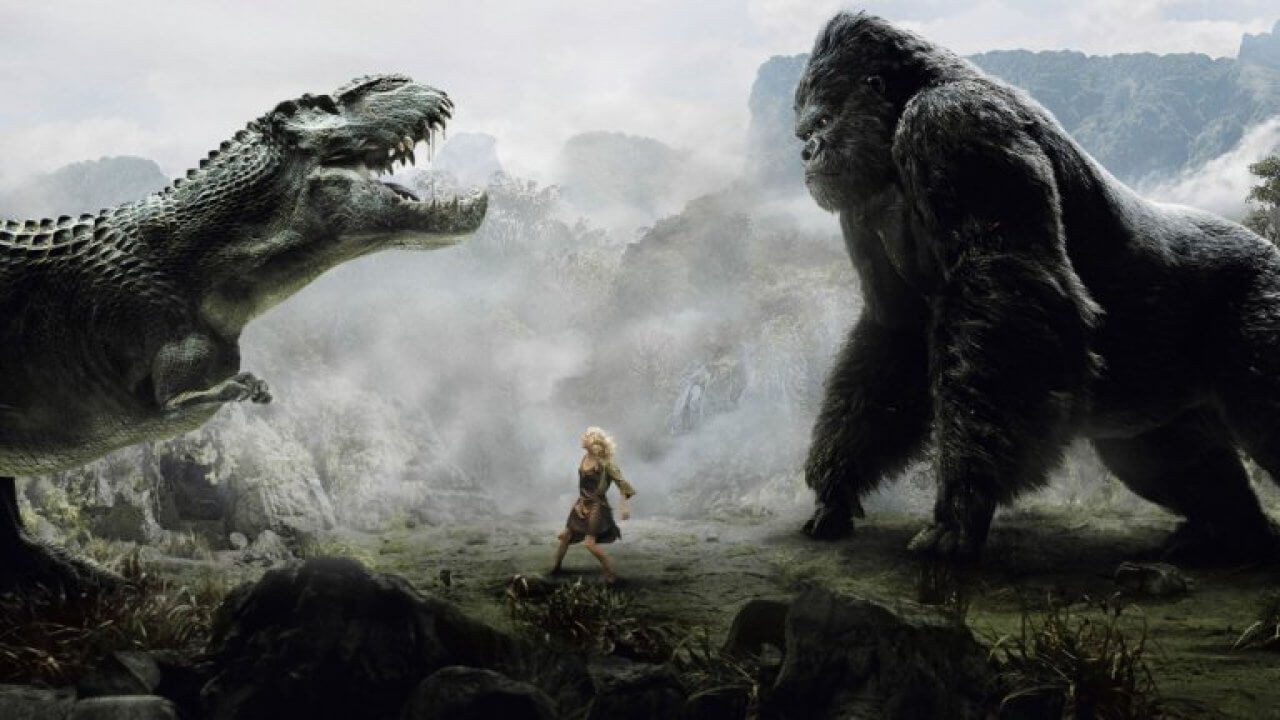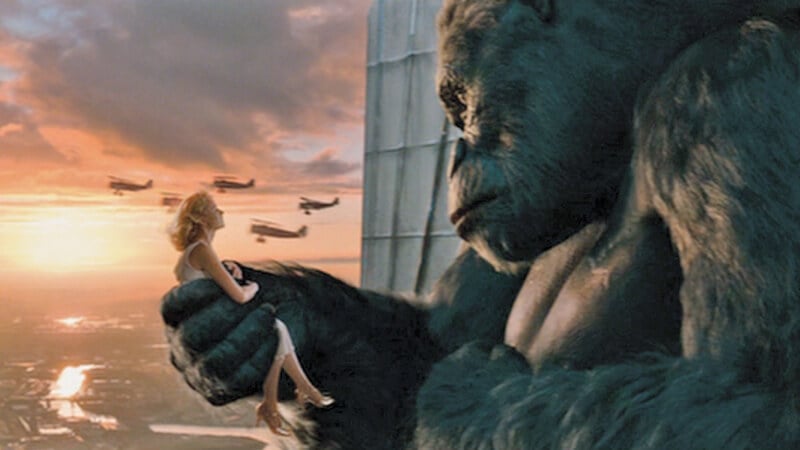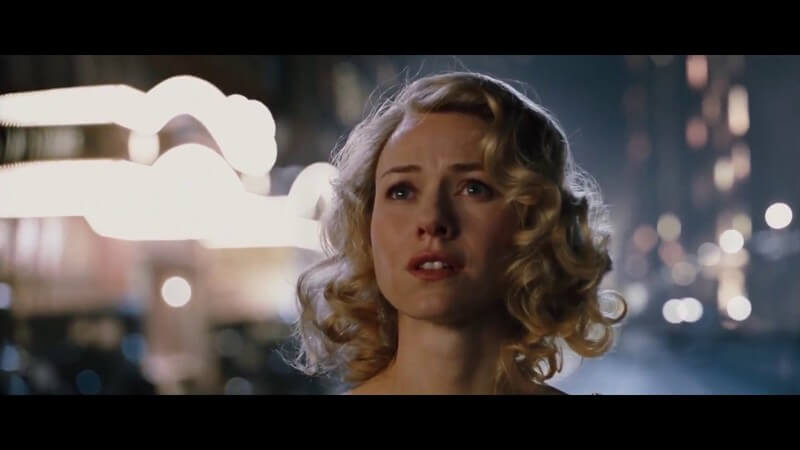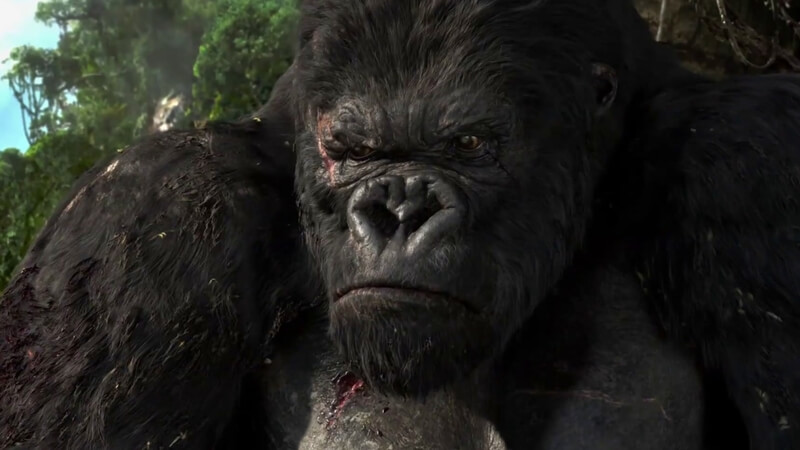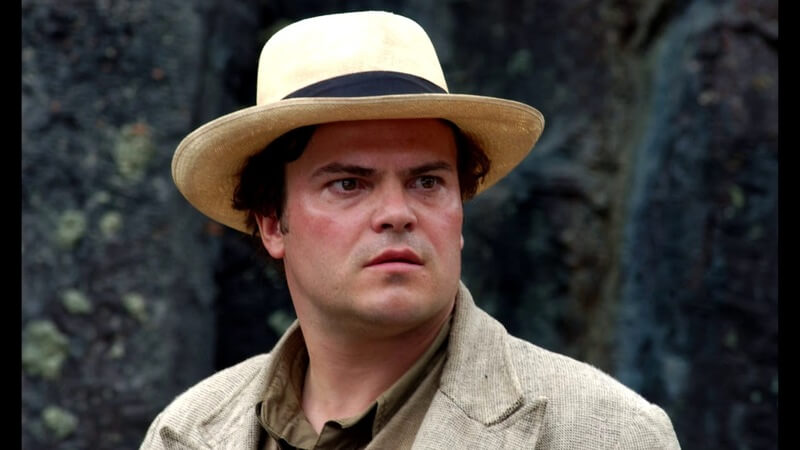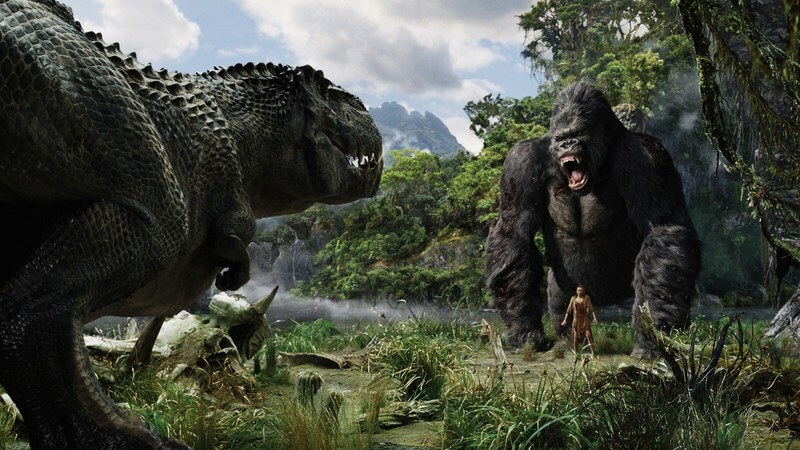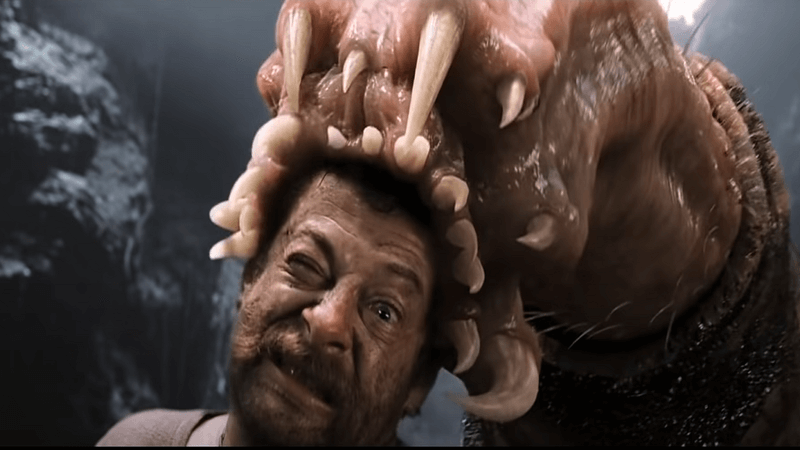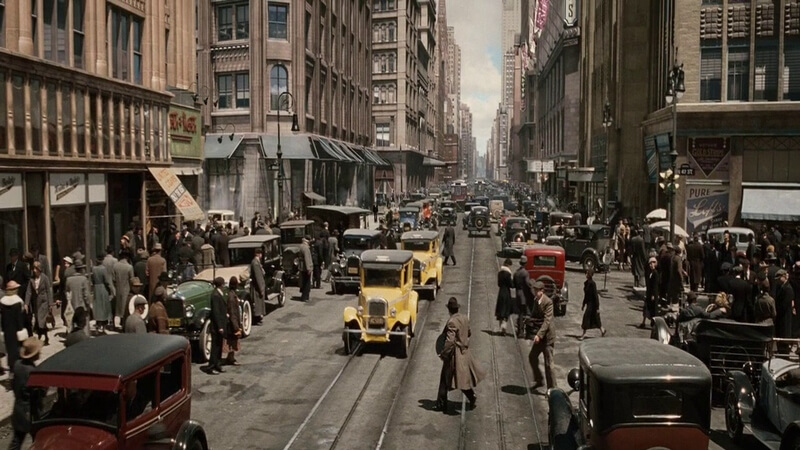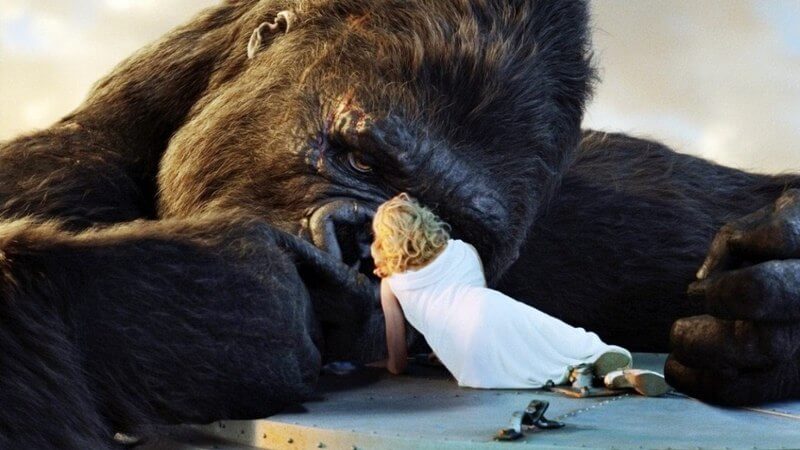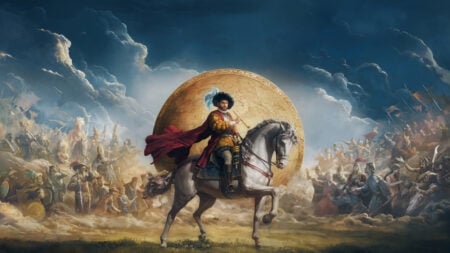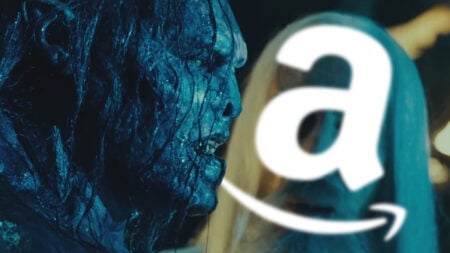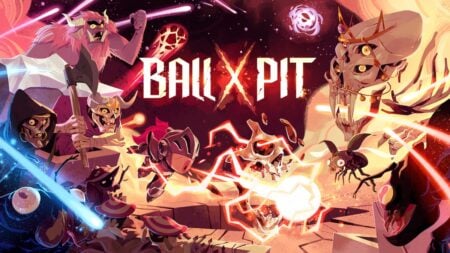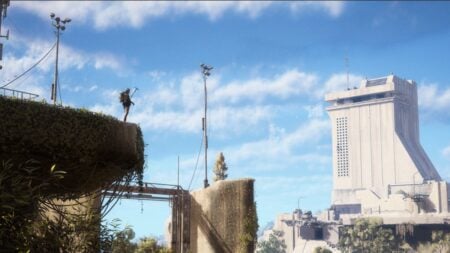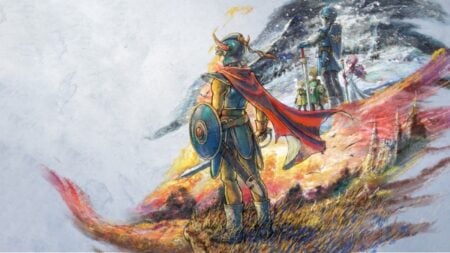Peter Jackson’s King Kong is a fine example of how to remake a film. You take the essence of the original and expand on it with modern technology and deeper storytelling, while remaining faithful to the story. But it’s often debated among Kong fans as to whether the 2005 retelling tops the 1933 original directed by Merian C. Cooper and Ernst Schoedsack.
Regardless of what side of the fence you sit, there are definitely some things that 2005 Kong does better than the original. From fleshed-out characters to visual artistry and sound, Jackson utilized modern storytelling techniques to get the most out of his film. Here are ten things Peter Jackson’s King Kong does far better than the original 1933 version.
10) The Connection Between Ann and Kong
Unlike the King Kong 1933 , Jackson’s King Kong actually has Ann reciprocate the romantic connection Kong develops for her. Whereas 1930’s Ann was constantly scared of her simian admirer, 2005’s Ann feels the connection with Kong and gradually begins trusting him with her life. She realizes that the big ape isn’t out to hurt her – he is, in fact, out to protect her and remains her best chance at surviving on Skull Island.
Several beautiful scenes show us Kong’s gentle side, with Ann even amusing him with her Vaudeville act. Only a stone heart could not go soft when Kong laughs at her impromptu show. The Central Park scene where Ann and Kong giddily play around also demonstrate their connection as they clearly give one another a deep sense of meaning in each-other’s lives and enjoy one another’s company. It makes Kong’s death even more tragic than 1933 Kong.
9) A Likable Jack Driscoll
Bruce Cabot’s Jack Driscoll from the 1933 King Kong is truly a product of his time. A paper-thin cliché of male masculinity, he’s the stereotypical manly man young boys dream of becoming, who thinks “girls are smelly”. First Mate Driscoll is not only sexist against women, but falls in love with Ann in a day. He’s clumsily-written and unlikable.
In comparison, Adrien Brody’s Jack Driscoll is likable as romantic lead. The character is a deep, sensitive man who loves being a writer. His relationship with Ann Darrow is far more endearing due to their love of the arts and is also amplified by Adrien Brody and Naomi Watts’ chemistry. And as an everyman plucked from comfortable New York to dangerous Skull Island, we can’t help but cheer for Jack as he forgoes his natural comforts to rescue Ann from Kong.
9) Ann isn’t Your Typical Damsel-in-Distress
Fay Wray’s Ann Darrow from 1933’s King Kong exudes the stereotypical damsel-in-distress trope to a tee. She spends most of the film kicking and screaming in Kong’s clutches. She makes no effort to escape him or the other dangers of the island until Jack rescues her.
While Ann plays the same role in the 2005 remake, she exhibits more independence and freethought than her 1933 counterpart. For example, in an attempt to gain favor with her simian captor, she cunningly utilizes her experience as a Vaudeville comedian to amuse him with a impromptu performance. However, when the big ape demands more, Ann bravely rebuffs his request, causing him to sulk and provide opportunity for her escape.
Ann’s smarts help the character become more likable to the audience. A welcome development from the one-dimensional screaming damsel from 1933 Kong.
8) The CGI of King Kong
Like the first Jurassic Park, 2005’s King Kong has aged admirably on the technical front. The flora and fauna of Skull Island still look remarkably realistic and Kong himself looks incredibly majestic.
Now, the stop-motion animation was groundbreaking for 1933 Kong’s time. Even to this day, it’s hard not to look back at it with great respect for its technical innovations. But alas, advanced CGI technology make Jackson’s film visually superior.
From the detail in Kong’s facial expressions to the idiosyncratic characteristics of the creatures all the way to the stunning recreation of 1930’s New York, the 2005 CGI brings the film’s world to life. In comparison, the 1933 original’s world feels lifeless and empty. It doesn’t grab you the same way Jackson’s iteration does, feeling bland in comparison. Kong 2005 captures imagery the original couldn’t dream of doing.
7) Better Soundtrack
James Newton Howard wins again. A movie like King Kong needs a soundtrack that encapsulates its grandiose story, orchestrating its tense moments and tender scenes while amplifying the tragedy. And wouldn’t you just know it – the 2005 score achieves just that. From the triumphant score that bellows everytime Kong appears to save the day to the piano-led Central Park love theme to the eerie, mysterious strings that play as the film crew and sailors start their journey into the jungles of Skull Island, Howard fires on all cylinders here.
The King Kong 1933 soundtrack is definitely iconic and deserves utmost respect. However, it doesn’t capture the diverse range of emotions that Howard achieves with his score. Apart from the main theme, there aren’t any standout moments from the original’s soundtrack and it doesn’t have the memorability of its 2005 successor.
6) A Darker Carl Denham
Carl Denham was quite the trickster in the original, but remained charming and likable. You got the sense that even despite his filmic ambitions, he cared somewhat about others. He even retained a sense of respect from his peers, despite his dangerous reputation. Jack Black’s Carl Denham, on the other hand, is more interesting. He is an ambitious filmmaker who admires the craft. Yet, his investors are losing faith in his abilities to produce sellable motion pictures. His journey to Skull Island is a desperate attempt to prove his relevancy in his industry. Because of this, Denham’s stakes feel a lot higher than his 1933 counterpart. He’s on the run with his reputation on the line.
As King Kong 2005 progresses, Carl becomes increasingly unlikable. His film is all he cares about and he’ll do anything to preserve it. This means filming the death of sailors and making vacant speeches about how he will finish the film in memory of his fallen comrades. His increasingly evident moral vacancy makes him a compelling antihero. It makes his decision to gas Kong and take him to New York more believable than his 1933 counterpart.
5) The Fights are More Tense
The fights in 1933’s King Kong are of course incredible for their time. It’s unimaginable to think how amazed 1930’s audiences were while watching them in theaters.
So, when Peter Jackson remade King Kong with modern CGI technology, it only stood to reason that the fights were going to be more impressive. And wouldn’t you just know it? That’s exactly how they turned out. Kong moves with all the superb weight of a wrestler, mercilessly beating his scaly foes. The newly redesigned dinosaurs are just as menacing, snapping their jaws at Kong while hungrily chasing Ann. Kong’s efforts to protect Ann while fending them off make for intense, edge-of-your-seat viewing that the 1933 Kong doesn’t achieve.
4) The Themes are Better Explored
One of the biggest themes in King Kong is mankind’s penchant for selfish gain. By kidnapping Kong and taking him from his natural environment, Denham indirectly causes the great tragedy in the movie. Yet, this isn’t one of Denham’s concerns – all he cares about is using Kong to gain fame and fortune.
While this theme is in the original, King Kong 2005 explores it even more. This is thanks to Jack Black’s greedy and selfish Carl Denham – Jack Driscoll describes him as having an “unfailing ability to destroy everything he loves”. After sacrificing the lives of several sailors to film a movie that never happened, Denham uses the ape as a theatrical amusement to line his pockets. He even forgets the sacrifices of his friends, Herb and Mike, who lose their lives on the island and to whom he initially promises would be honored for their part.
Denham is King Kong‘s physical representation of capitalist greed without conscience, and it’s shown beautifully here.
3) Skull Island is Even More Dangerous
Peter Jackson’s origins lie as a horror director so it’s no surprise the Kiwi filmmaker inserted some creepy elements into his film. While Skull Island was undeniably dangerous in 1933, the 2005 version is even more so – not to mention horrific.
For a start, the islanders are both menacing and mysterious. They possess a seemingly cannibalistic nature, have greasier hair, rotting teeth and violent instincts. This is rounded off by their eerie Skull symbol, representing their deadly nature. And that’s just the islanders – the V-Rexes, Swamp Creature, and Brontosauruses give off a level of threat that’s missing from the first film. Jackson’s decision to reinsert the deleted ‘giant spider’ scene from Cooper and Schoedsack’s masterpiece only adds horror of the island that was otherwise missing.
2) Peter Jackson’s Depiction of 1930’s New York
Like the 1970’s remake, Peter Jackson could have made the film a contemporary piece. He didn’t. Instead, he set the movie in 1933 – the year the first film was released. Turns out that it was a great decision overall for the movie.
Ironically, Jackson depicts the Great Depression better than the original – which was shot in that era. In the opening scenes, we see how tough it is to make a buck, to survive in the big city for those not monetarily fortunate. This is reflected in Ann, whose acting career is in tatters early on.
Yet, King Kong also depicts the whimsical side of this era, from the cars to the dress-sense all the way to those brilliant Vaudeville acts. The sets are painstakingly designed to emulate the era, oozing atmosphere at every turn. Jackson captures 1930’s New York in a manner far more impressive than 1933 Kong.
1) It Really Pulls at the Heartstrings
This is a combination of several points made in this list, but it’s a point worth making. Jackson’s King Kong is more heart-wrenching and powerful than the original could ever hope to be. The reason? Well, for many of the things pointed out in this list.
From the more in-depth, sympathetic characters (including Kong himself) to the tender moments between Ann and Kong, to the imagery, even down to the tragedy of the sailors who lost their lives in pursuit of Ann…the movie utilizes advanced technology and storytelling techniques to wring more emotion from our hearts than Cooper and Schoedack’s version ever could.
King Kong shows Peter Jackson’s skill as a storyteller. Taking his childhood favorite movie and transforming it into modern cinema gold shows us the potential of Hollywood remakes. If a passionate artist takes the reins, you’re going to get a product that is as creatively satisfying as it is commercially.
Do you prefer 1933 Kong or 2005 Kong? Let us know in the comments below!

